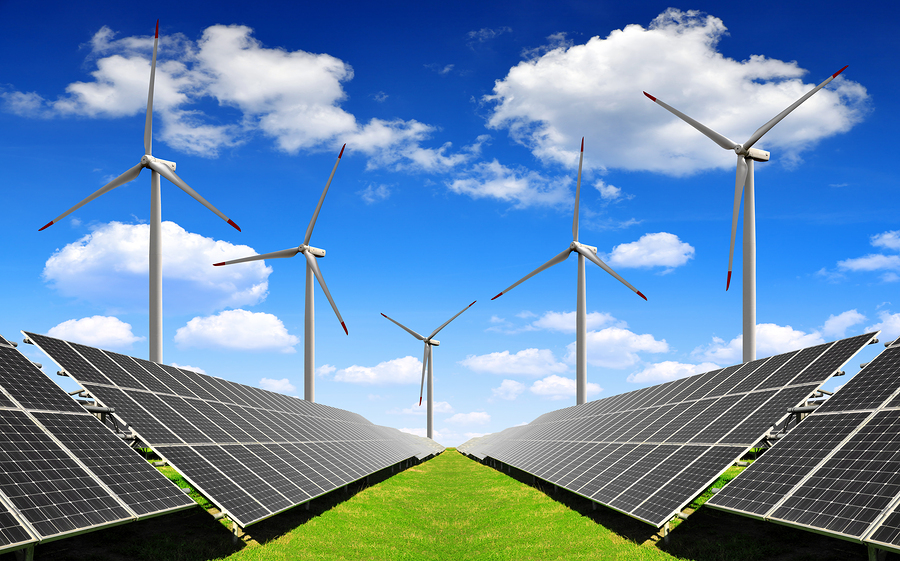
This power plant is built into a sea wall erected in 1994 to create an inland lagoon where water was collected for irrigation.

In this case the plant is equipped with ten 26-MW bulb turbines with variable-blade propeller units. The more recent Sihwa tidal plant in South Korea also uses bulb turbines. Since then the plant has operated smoothly and with high availability.
Articles of the tidal pools .gov generator#
This was found to cause severe strain on parts of the generator and the design had to be modified.

The turbines at La Rance were designed to pump water from the sea into the reservoir behind the barrage at high tide to increase efficiency. Experience has led the operators to prefer the steel variety.

Bulb turbines were new when La Rance was built and construction of the plant involved some experimental work of the 24 turbines, 12 had steel runners and 12 had aluminium bronze runners. The La Rance tidal plant employs 24 bulb turbines, each fitted with a Kaplan runner and a 10-MW generator. The whole turbine generator assembly is then hung inside a chamber that channels the water flow through the turbine blades in order extract the maximum energy possible. The most compact and efficient design of propeller turbine for low-head applications is the bulb turbine in which the generator attached to the turbine shaft is housed in a watertight pod, or bulb, directly behind the turbine runner.
Articles of the tidal pools .gov series#
As is the case with most low-head hydropower plants, tidal power plants usually employ a series of small turbines running along the barrage since these can exploit the available energy more effectively than a small number of large turbines. The fact that the head varies appreciably during the tidal cycle means that a fixed-blade turbine will not be operating under its most efficient conditions during the majority of the tidal flow consequently a variable-blade Kaplan turbine is usually employed. Such low heads necessitate the use of a propeller turbine, the turbine type best suited for low-head operation. The highest global tidal reach, in the Bay of Fundy in Canada, is 15.8 m and the mean tidal reach is probably half of this range most plants would have to operate with much lower heads than this. The turbines in a tidal power station must operate under a variable, low head of water. Paul Breeze, in Hydropower, 2018 Turbines The primary objective of this chapter is to equip those working within or researching marine renewable energy with an understanding of the fundamentals of tidal energy from both oceanographic and engineering perspectives. It covers methods of analysing and predicting the tides, and how tides can be used to generate electricity through arrays of tidal stream devices, and tidal range schemes (lagoons). In this chapter, we explain the origin of the tides, and how tides evolve as they propagate over shelf sea regions.

However, regardless of its predictability, tidal energy shares a key feature with the majority of renewable energy sources-it is intermittent, from diurnal (once per day) and semidiurnal (twice daily), to fortnightly (spring-neap) timescales. This is in contrast to other more stochastic renewable energy sources such as wind and wave and, in part, solar. Tidal energy is presently one of the more favoured forms of marine renewable energy because, due to its origins in (astronomical) tide generating forces, it is predictable. Reza Hashemi, in Fundamentals of Ocean Renewable Energy, 2018 Abstract


 0 kommentar(er)
0 kommentar(er)
